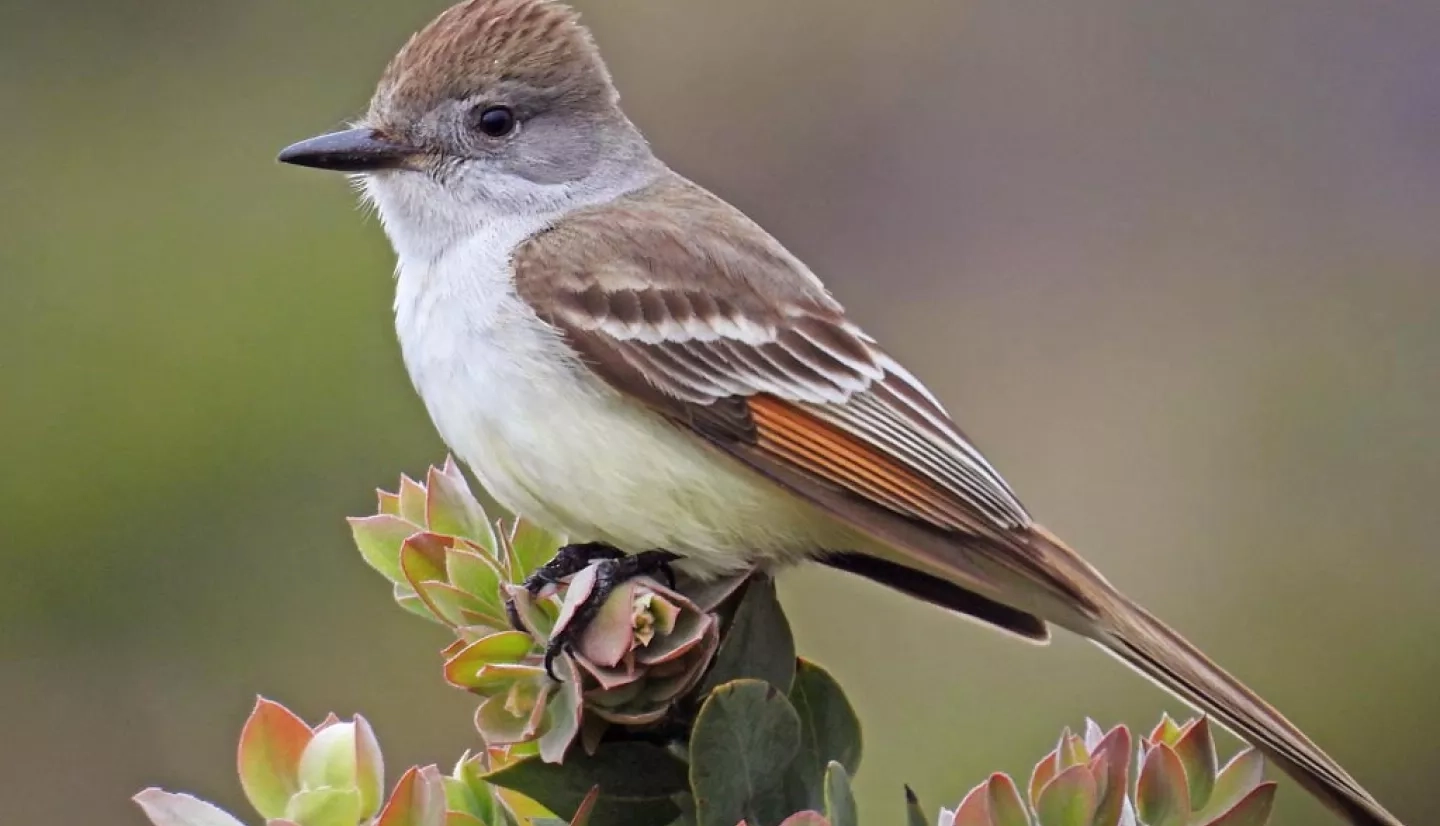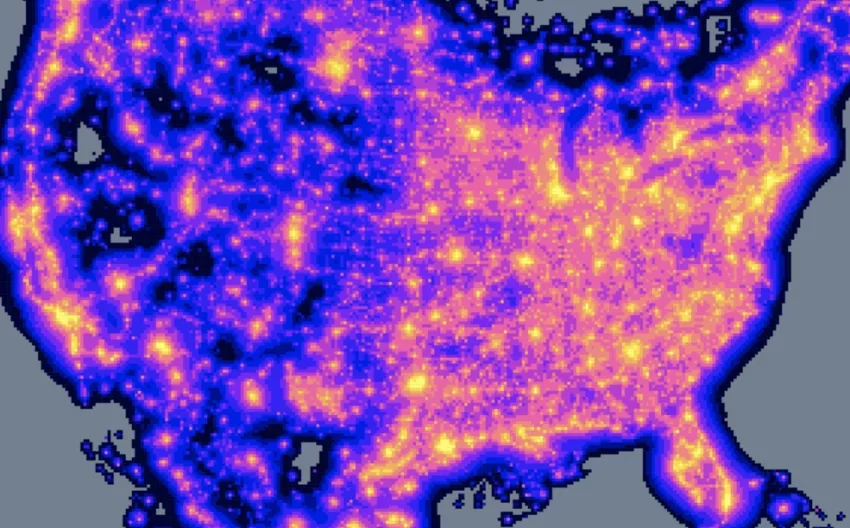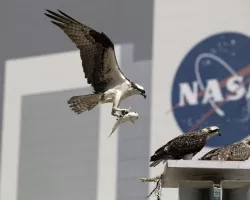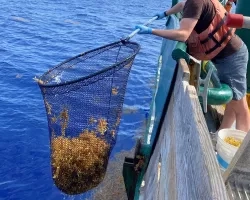Birds build nests weeks earlier than normal in areas where there is more nighttime artificial light, that according to new research published in the journal Nature. The researchers made the discovery by combining data from bird watchers with high-resolution nighttime satellite data.
Neil Carter is a co-author on the paper and is supported by the Ecological Forecasting program area connecting the effects artificial light and sound have on wildlife. Noise pollution was also included in factors considered in the Nature paper, finding that birds that live in forests are being more sensitive to sound than birds in other habitats.
Ecologists worldwide are seeking better ways to understanding the impacts of human activity on wildlife. The artificial light data in this research is a result of Earth at Night data provided mainly by the joint NASA-National Oceanic and Atmospheric Association (NOAA) Suomi National Polar-orbiting Partnership (Suomi NPP) satellite. The Visible Infrared Imaging Radiometer Suite (VIIRS) instrument aboard Suomi NPP and other satellites is particularly sensitive to nighttime Earth data.
With nests being built earlier than previously, the researchers are concerned that hungry chicks may hatch out of synch with other variables, like the peak food availability. They also note that these earlier nesting times complicate the bird’s ability to adapt to climate change which is making food available earlier due to warmer weather.
More about the research on bird populations can be found at the NASA.gov article, Noise and Light Pollution From Humans Alter Bird Reproduction.
Additional details on Carter’s research on artificial light and sound on other animals, including the predatory behavior of cougars in America’s National Parks can be found at the NASA.gov article, NASA Helps National Parks Track Impact of Noise, Lighting on Wildlife.





